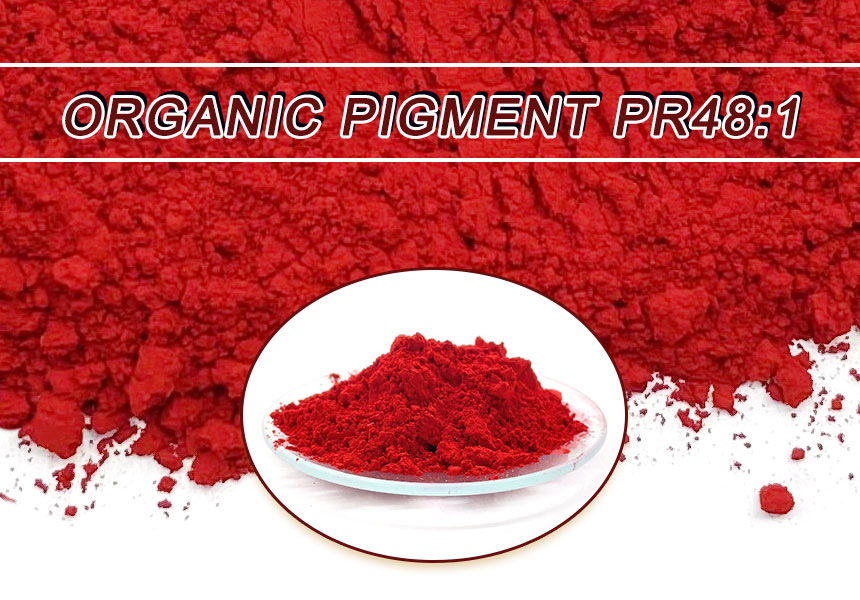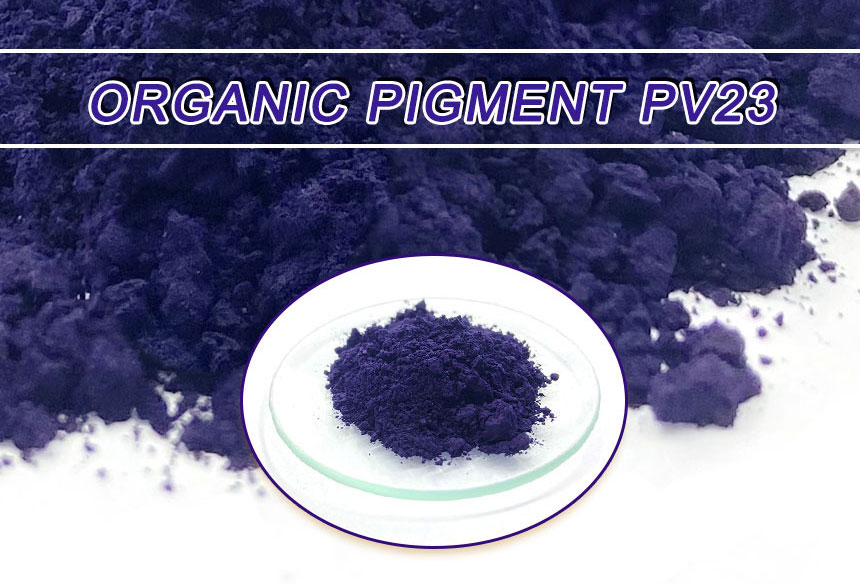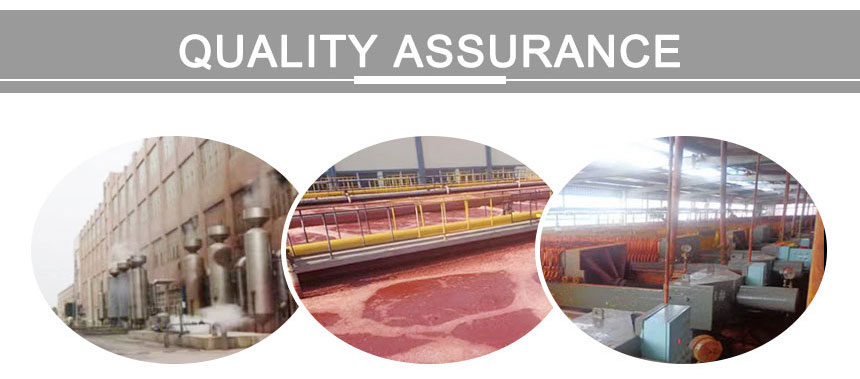What is organic pigment?
07 Sep 2023
In the colorful world of dyes and pigments, organic pigments have become a dominant force. They are colorants derived from organic compounds known for their pigmentary properties. These mainly include azo pigments, lake pigments, phthalocyanine pigments and quinacridone pigments. All of these are synthetically produced organic compounds.
1. Definition of organic pigments
Organic pigments are colorants primarily derived from carbon-based molecules. Unlike inorganic pigments, which usually consist of metal oxides or salts, organic pigments consist of complex organic structures. This complexity also results in their signature bright and vivid hues.
Unlike organic dyes, organic pigments do not naturally bond with the materials they color. Instead, they use adhesives or film formers to adhere to the surface of the material, ensuring that the object is effectively colored. These pigments are widely used in pigmented inks, paints, rubber, plastics and printing coatings. Generally, they are classified according to their chemical structure, and the most common types are azo pigments, lake pigments, phthalocyanine pigments, quinacridone pigments, diazine pigments, perylene red pigments, and isoindolinone pigments.
2. Spectrum of organic pigments
Organic pigments offer a variety of options:
Pigment Red: Ranging from bright scarlet to deep maroon, these are some of the most popular organic pigments. Common colors of Pigment red are permanent red, Lightfast red, DPP red.

Pigment Yellow: Essential in many fields, its shades range from lemon yellow to mustard yellow. Common colors are permanent yellow, Lightfast yellow, Benzidine yellow and Isoindolinone yellow.
Pigment Violet: These pigments range from lavender to deep violet and have a variety of applications. Common colors are Permanent violet and Quinacridone violet. Pigment violet 23 is quite hot selling in Violet series.

Pigment Orange: Covers bright mandarin to burnt orange, adding warmth to the palette.
Pigment Green: Not as common as red or yellow, these offer shades from lime green to forest green.
Pigment Blue: Available in shades from sky blue to navy to suit a wide range of needs.
3. Synthesis and main characteristics
Organic pigments come to life through chemical reactions, usually involving the condensation of aromatic compounds. Their molecular design allows them to absorb certain wavelengths of light and reflect others, giving them their unique color.
These pigments are known for the following reasons:
Vitality: Their molecular makeup makes them more dazzling than many inorganic pigments.
Stability: Organic pigments are a class of insoluble organic compounds with high tinting strength. The "insolubility" of organic pigments means that they have minimal solubility in water, organic solvents and various media. When these compounds are used as pigments, they should have specific properties such as resistance to sunlight, water, acids, alkalis, organic solvents and heat. They are often able to withstand heat, chemicals, and other environmental challenges, making them versatile.
Dispersion: good dispersion in the application medium.
4. Diversified applications
Organic pigments are indispensable in various industries:
Paints and coatings (25%): From vehicles to interiors, they bring color to our surroundings.
Printing inks (50%): Pigments enhance the color, longevity, fluidity and optimum viscosity of the ink.
Plastics (12%): They are used as colorants in plastics and synthetic fibers, giving them aesthetic appeal.
Rubber (10%): Organic pigments can be used as fillers and reinforcements
Other applications (3%): such as textiles, cosmetics, etc.
Performance expectations for these pigments vary depending on their application. In general, however, they are sought after for their vibrant colours, high tinting strength, heat and light resistance, excellent dispersion, very low oil absorption and pronounced opacity.
5. Why choose organic pigments?
Color variety: They offer a wider range of colors than many inorganic pigments.
Environmentally friendly: Many organic pigments have less impact on the environment, especially compared to heavy metal inorganic pigments.
Safe: Especially those products that are cosmetic and food certified and generally considered non-toxic.

Organic pigments come in a variety of shades and applications and are an integral part of numerous industries. Their carbon-based synthesis gives them properties that distinguish them from their inorganic counterparts. So next time you're admiring a print, painted surface or even cosmetics, remember the vibrant world of organic pigments that may add color to your experience.


